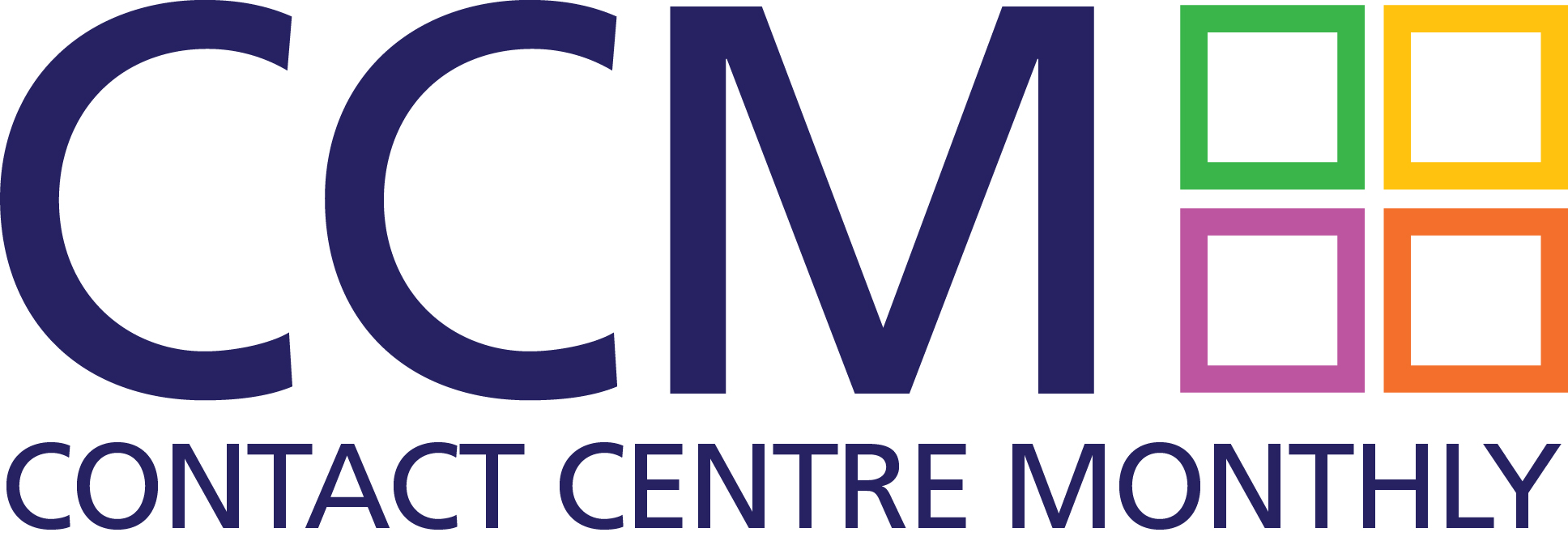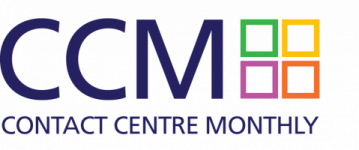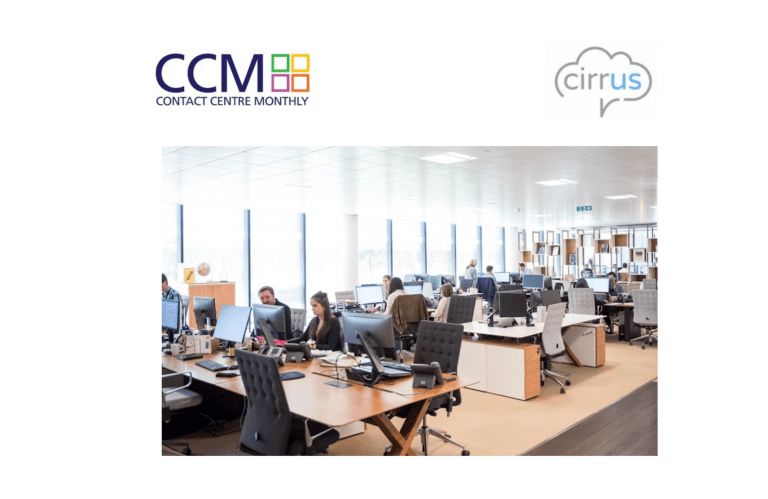Running a contact centre today is a study in constraint. The resources are limited. The expectations aren’t. And customers, quite reasonably, don’t want to hear about internal bandwidth—they just want things sorted, quickly and well.
They don’t care what system you’re using or where your agents are based. Whether the handover happens in one tool or five is invisible to them until it starts to slow them down.
Which leaves today’s contact centre leaders walking a tightrope between service standards and operational reality. They’re expected to meet rising demands with tools and timelines that often pull in the opposite direction, while managing hybrid schedules, unpredictable demand, and emotionally intense work. All with outcomes that get board-level scrutiny.
We spoke to Jason Roos, CEO of Cirrus, about what’s making this role more complex than ever, and where some leaders are quietly gaining ground.

1. Support is everywhere, and nowhere
Voice. Email. Chat. Messaging apps. Social. Most contact centres offer all of them, which looks impressive until a customer has to repeat themselves across three of them.
When those channels don’t speak to each other, the experience becomes oddly inefficient. Customers feel like they’re back at square one. Agents end up hunting for context that should’ve been obvious.
What leaders are doing: They’re prioritising coherence over coverage. A single view of the customer—with history, preferences and prior interactions all in one place—gives agents what they need to respond without scrambling.
Jason Roos explains:
“Customers don’t think in channels. They think in problems. And agents can’t help them if they’re juggling six tabs. You need a system that brings everything together.”
2. Too many tools, not enough help
Contact centres aren’t short on systems. CRMs, call platforms, email tools, scripts, knowledge libraries—each one solving a specific task. But together, unless joined up with intent, they tend to work against each other more than with.
Useful information exists. It’s just scattered across places where no one has time to look.
What leaders are doing: They’re moving guidance to where it’s needed—AI prompts, dynamic scripts, and automation that surface at the point of need. These tools reduce mental load and help agents stay on track—especially those who are new or dealing with high volumes.
3. Hybrid teams are harder to support
When teams aren’t physically together, it’s harder to see when something’s going wrong. You don’t catch the signs that someone’s making mistakes or falling behind on resolution times.
What leaders are doing: They’re using live insights to understand which agents need extra help. They’re building in coaching and regular touchpoints—and lightweight ways to stay connected day to day.
4. Emotional toll is rising
More challenging conversations. Higher volumes. Lower patience. For agents, the emotional weight is increasing—and it’s no surprise that a whopping 59% are at risk of burnout.
What leaders are doing: They’re using AI to remove the low-value admin, repetitive tasks that eat up time and patience. Workforce optimisation manages the task routing, scheduling, and performance feedback that would otherwise chip away at already limited time.
Jason puts it plainly:
“It’s not about replacing people. It’s about protecting them.”
5. Leadership is stretched too thin
Today’s contact centre leaders are expected to be everywhere at once: part coach, part analyst, part crisis manager. And somehow still have time to plan ahead.
What leaders are doing: They’re using Agentic AI to rebalance workloads, catch queue build-up early, flag SLA risks, and inform day-to-day decisions before they escalate into missed targets.
6. Customer journeys aren’t linear anymore
Channel-switching isn’t confusion. It’s convenience. People pick the method that fits the moment: a fast chat on the train, a call at lunch, a follow-up email when they’re back at their desk.
What leaders are doing: They’re mapping customer behaviour—seeing how people move across channels—then designing systems that follow the real path, not the planned one.
7. Results matter – now
Leaders can’t afford to wait 18 months for ROI. The need to prove value is immediate.
What leaders are doing: They’re choosing tools that show impact now: taking payments in fewer steps, surfacing CRM data without switching tabs, and removing hidden admin that slows everyone down.
There’s no shortcut to leading a contact centre well. Every environment is different. Every team works a little differently too.
But some things make a measurable difference for contact centre teams: putting the right tools in reach, using AI and workforce optimisation to clear out avoidable admin, and designing systems that match how customers move between channels.
That’s what makes the job easier to do, and the experience easier to deliver.





